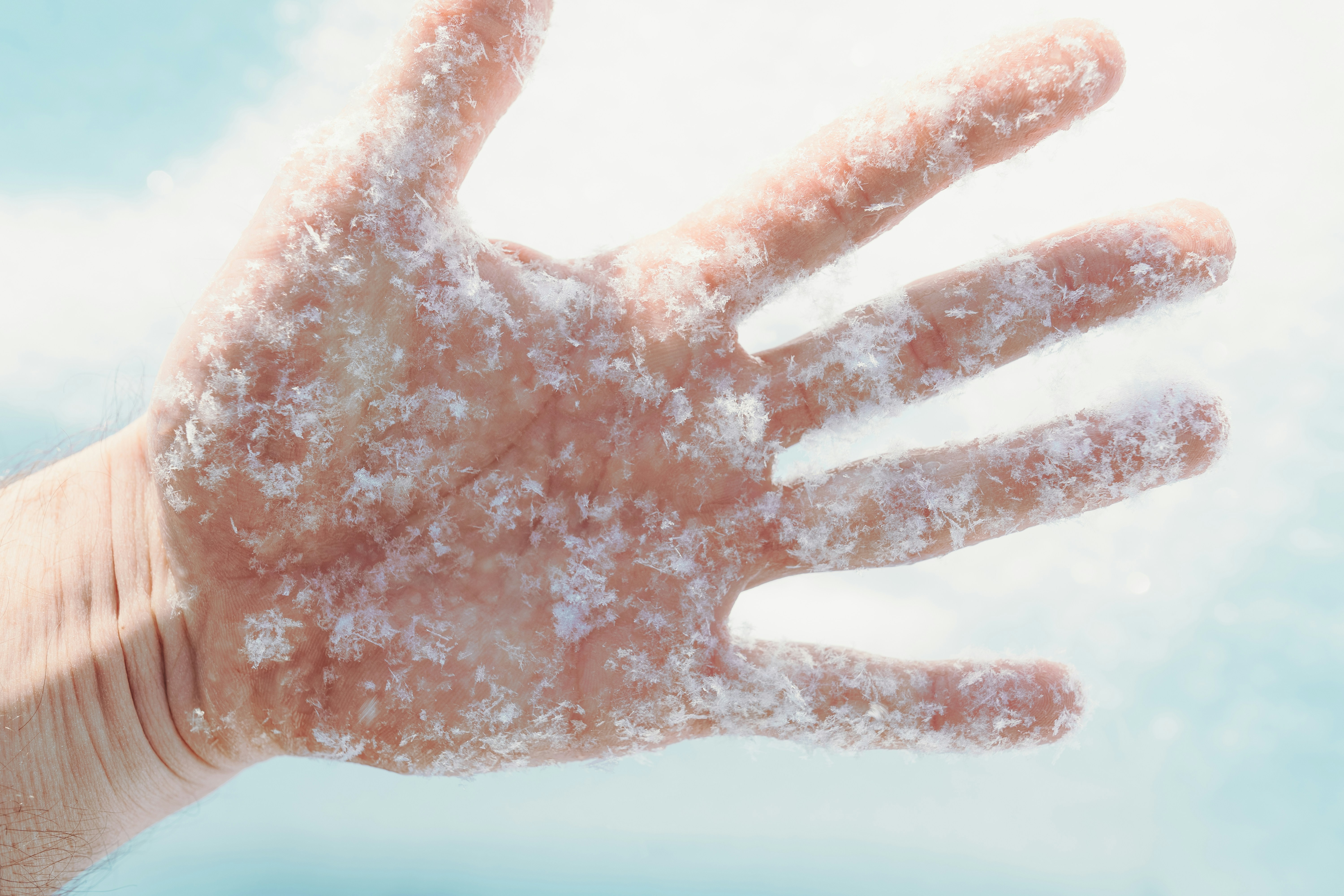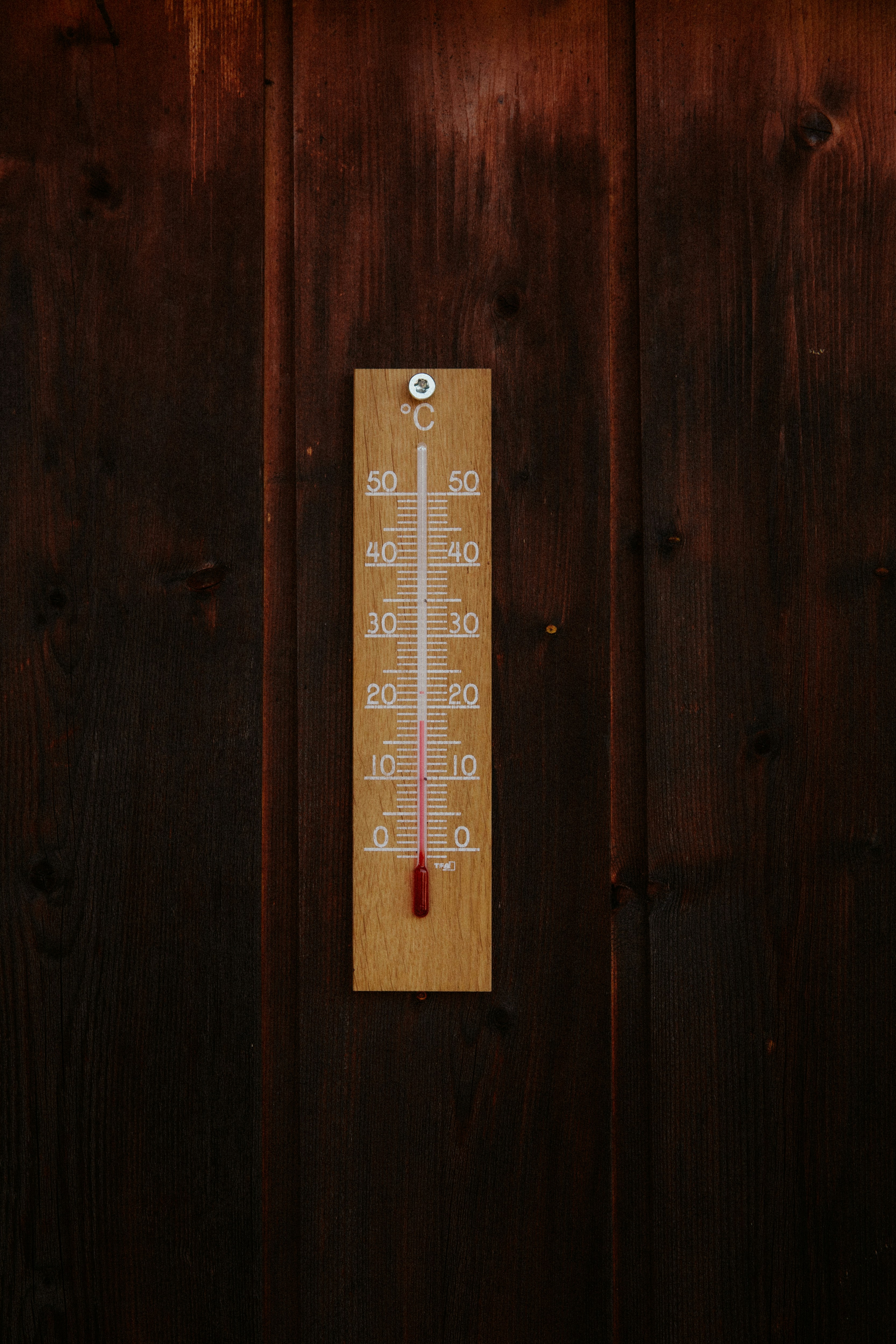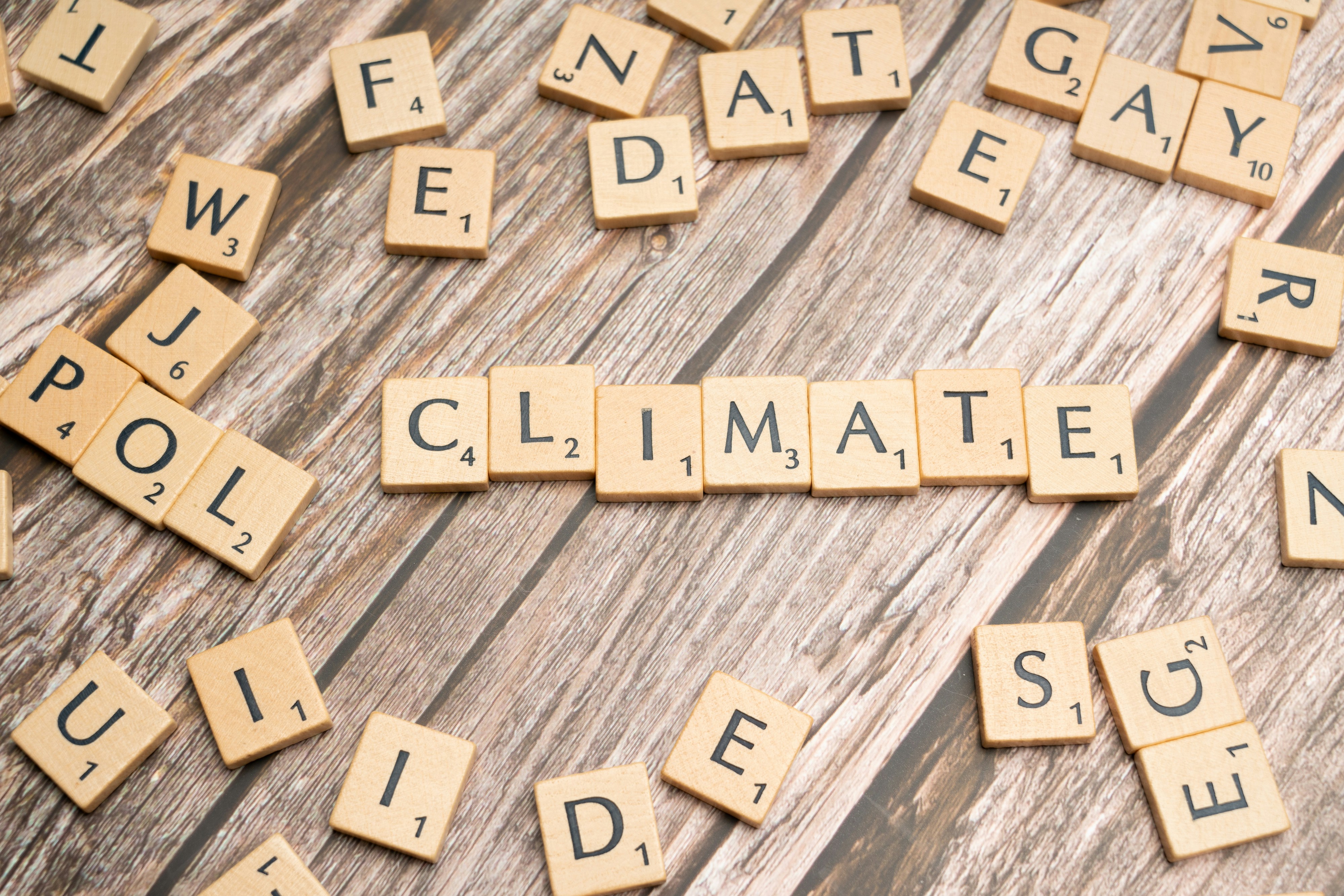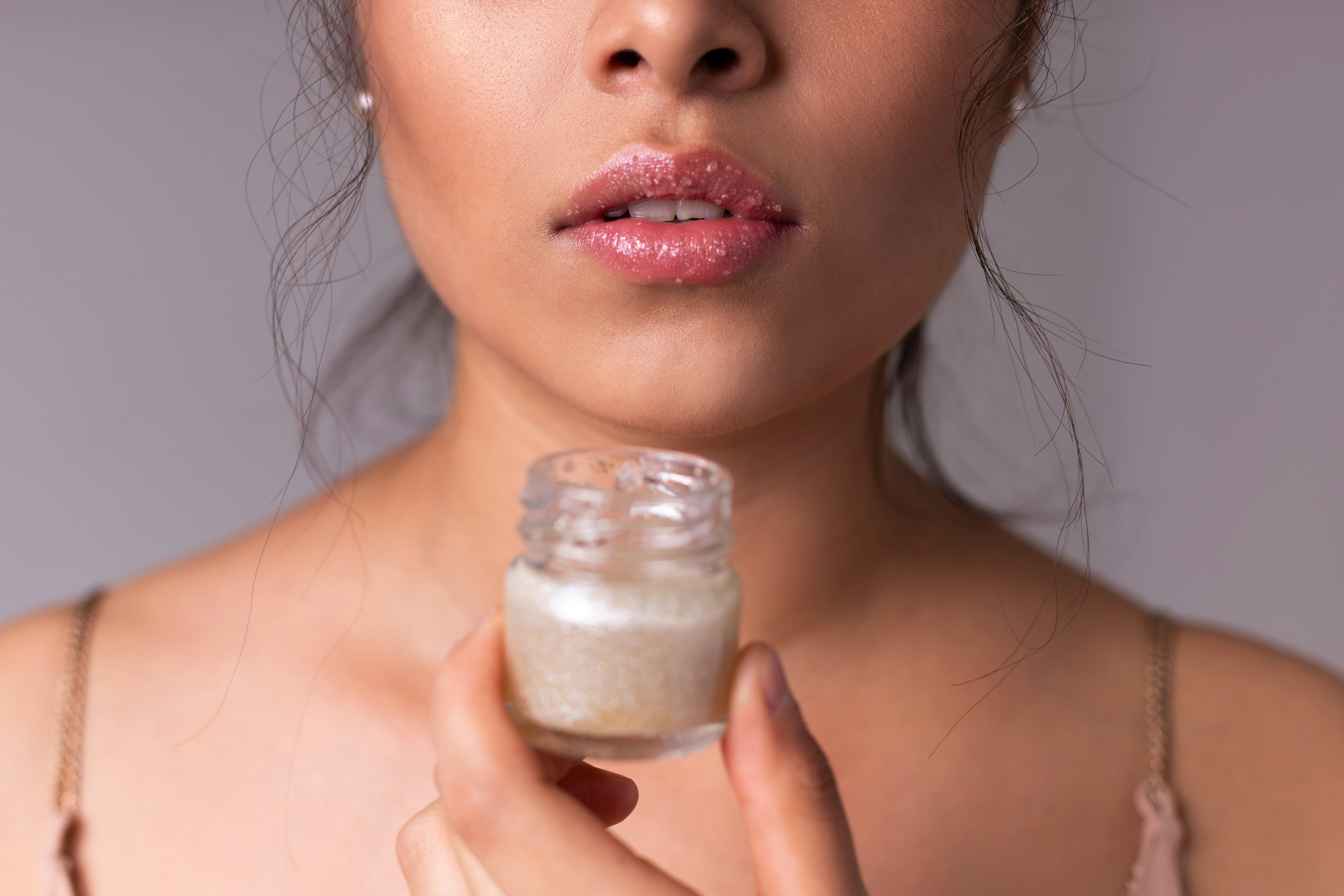The Elemental Influence: Optimize Skincare by Your Environment
In a world where skincare routines have become a vital part of self-care, the idea that our environments can shape how our products perform may seem revolutionary. However, it's a truth many skincare aficionados overlook. Factors like humidity, temperature, and pollution significantly impact how your favorite creams and serums interact with your skin. In this comprehensive guide, we’ll delve deep into the elemental influence on skincare efficacy, providing practical tips tailored for different skin types and environments. Let’s uncover how to enhance your skincare routine, tailoring it to your surroundings while ensuring maximum efficacy for a healthier, more radiant glow.
Understanding Environmental Impact on Skin
The Role of Humidity
Humidity can drastically alter how your skin behaves and how products perform. In high-humidity environments, the skin tends to retain more moisture, which can lead to a more hydrated appearance. However, it can also cause excess oil production in those with oily skin types, leading to potential breakouts. Conversely, in low-humidity conditions, the skin tends to dry out, making it imperative to incorporate rich moisturizers and hydrating serums into your routine.
According to a study published in the International Journal of Dermatology, skin moisture retention significantly correlates with relative humidity levels. The research revealed that at humidity levels above 60%, skin hydration improved markedly, indicating that your location can play a critical role in your skincare regimen.
For those in high-humidity areas, lightweight gel moisturizers or hydrating mists might be the best option. On the other hand, individuals living in arid climates would benefit from oil-based serums to lock in moisture.
Temperature Matters More Than You Think
Temperature is another crucial element that alters skin behavior. High temperatures often result in increased sweating and oil production, which can lead to clogged pores and breakouts. Conversely, cold weather tends to strip the skin of its natural oils, leaving it dry and flaky.
Experts emphasize the importance of tailoring your daily skincare routine to the season. For instance, consider switching to heavier creams and thicker moisturizers during winter while opting for lighter formulas in summer. The texture of your products can also influence performance based on temperature, making it essential to choose wisely.
Pollution and Its Effects
Living in urban areas exposes skin to higher levels of pollution, which can have detrimental effects, including inflammation, oxidative stress, and premature aging. These factors underscore the importance of antioxidants in your skincare routine. Ingredients like Vitamin C and E work wonders by neutralizing free radicals caused by pollution.
Research published in the Journal of Investigative Dermatology confirms that pollution particulate matter can penetrate skin layers, leading to cellular damage. Incorporating anti-pollution serums or cleansing oils specifically formulated to combat environmental aggressors can enhance your skin's defense. If you want your skincare routine to be more effective, understanding the impact of your environment becomes crucial.
Optimizing Your Routine According to Climate
Hot and Humid Climates
- Hydrate Wisely: Use lightweight, non-comedogenic moisturizers that hydrate without clogging pores. Look for products containing hyaluronic acid.
- Stay Radiant: Incorporate gel or water-based sunscreens that absorb quickly and offer adequate protection.
- Regular Exfoliation: Gentle exfoliation can help prevent clogged pores caused by sweat and grime buildup.
Cold and Dry Climates
- Emollient-Based Products: Switch to thick creams or ointments that contain occlusives like shea butter or glycerin to trap moisture.
- Warm Up Your Cleansing Routine: Consider oil-based cleansers that dissolve makeup and are non-drying.
- Humidify: Introduce a humidifier at home to combat dryness and maintain moisture levels in the air.
Pollution-Dense Urban Areas
- Double Cleanse: Rinse away pollutants effectively with a double-cleansing method—first with an oil-based cleanser, followed by a gentle foam cleanser.
- Antioxidant Serums: Implement serums rich in antioxidants to combat the effects of free radicals caused by pollution.
- Weekly Masks: Use detoxifying masks infused with clay or charcoal weekly to draw out impurities.
Seasonal Adjustments for Skincare
In addition to climate, the changing seasons also necessitate some skincare shifts. For example, transitioning to a lighter product in spring and summer helps combat increased oiliness, while heavier formulations are essential for autumn and winter's dry air.
Spring/Summer Routine
- Lightweight Moisturizers: Switch to gel-based products.
- SPF is a Must: Reinforce sunscreen application as the UV index rises.
- Fresh Ingredients: Consider seasonal skincare ingredients like cucumber or aloe, which provide soothing hydration.
Fall/Winter Routine
- Thicker Creams: Move to richer, cream-based moisturizers that provide a barrier against dry air.
- Nourishing Oils: Incorporate facial oils that lock in moisture and keep the skin supple.
- Thermal Protectants: Look for serums that protect against harsh elements, especially if you’re exposed to windy conditions.
Expert Insights: Personalizing Your Skincare Routine
No two skin types are the same, and environmental factors can further customize what works for you. We spoke with dermatologists and skincare experts to gain insights into optimizing your skincare based on personal environment.
For example, Dr. Emily Nguyen, a well-respected dermatologist, emphasizes the importance of understanding your skin type: "Oily skin doesn’t mean you should skip moisturizer, especially if you’re exposed to pollution or humidity. Instead, find lightweight formulas that replenish without overwhelming your skin."
Consider taking cues from your local environment and seasonal changes, and always adapt your routine accordingly.
The Importance of Regular Skin Assessments
Moreover, regular skin assessments can help identify how different elements affect your skin health. Observing how your skin reacts to changing surroundings can guide necessary routine modifications. Skin behavior can often give you clues—a sudden breakout might suggest that you need to rethink your product choices, especially if you’ve recently changed locations or seasons.
Final Thoughts on Environmental Skincare
Understanding that environmental factors play a vital role in your skincare routine can significantly enhance your product efficacy and overall skin health. By paying attention to the specifics of humidity, temperature, and pollution levels, and adjusting your skincare accordingly, you'll be better equipped to achieve the healthy, glowing skin you desire.
As you rethink your daily regimen, remember to incorporate tips tailored to your unique environment, and seek out expert opinions to further enhance your strategy.
Your skin is your canvas; how you care for it means everything, and acknowledging the role of environmental influences is your first step toward radiant success. Embrace the elements, and let your skincare shine through!
Internal Resources for Further Insight
- Explore how sustainable ingredients influence efficacy in your skincare regimen.
- Learn about the impact of emotional states on your skincare choices.
















